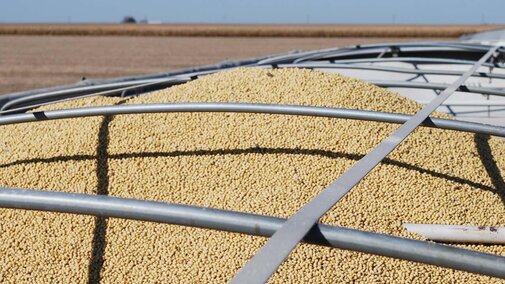When to send out the combine represents a critical decision every producer across the nation faces. At first glance, there seems to be a simple answer: “whenever the grain dries down enough, of course.” However, producers know the decision comes down to much more than just moisture. Other factors, such as acres to harvest, precipitation, storage space, current market conditions, time constraints, and weather events, contribute to an irregular harvest window from year to year. No matter the condition, there exists a chance of observing an undesirable financial outcome. Given that harvest often begins with grain moisture, and having the awareness that bad events (wind, hail, etc.) can happen, how can one effectively manage their revenue risk in the face of these ever-changing conditions?
The objective of this Center for Agricultural Profitability article is to discuss the financial implications of beginning harvest and harvesting through varying moisture levels. To do this, we will introduce an online tool that considers the role of grain moisture, elevator discounts, grain price and a harvest window in determining the optimal time to begin harvest. The insights from the virtual tool may prove valuable to the producer’s harvest decision. We hope growers consider taking a deeper look at the influence crop moisture level has on their net revenue.

